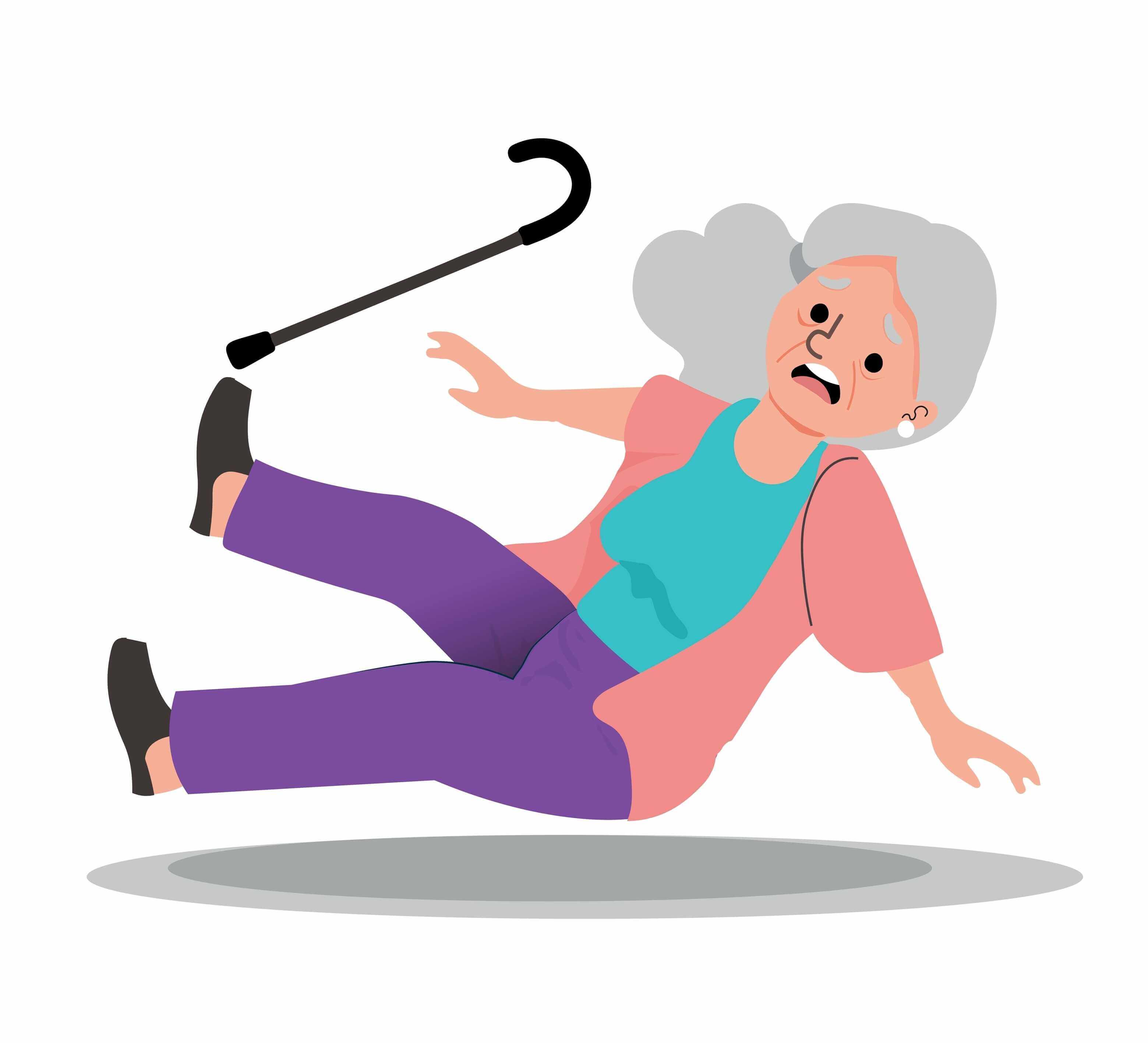Maximizing Patient Safety And Operational Efficiency With Smart Sensor Pads

In a quiet hospital room in the Midwest, an elderly patient shifts in bed. A soft, almost invisible pad beneath the mattress senses the movement and instantly alerts the caregiver. Across the West Coast, parents monitor their newborn’s breathing with a sensor-enabled mat that detects even the slightest irregularity. These moments are not science fiction they are the future of healthcare, powered by smart sensor pads.
According to data from Towards Healthcare, the U.S. smart sensor pads market is on a remarkable growth trajectory. Analysts predict it could reach hundreds of millions in revenue between 2025 and 2034, fueled by technology, innovation, and an evolving healthcare ecosystem. At its core, this market addresses a pressing need: ensuring patient safety, monitoring chronic conditions, and improving the efficiency of caregivers.
Driving Forces Behind the Market
The growth of smart sensor pads stems from several converging factors. The aging U.S. population and rising prevalence of chronic disorders have created a demand for continuous monitoring solutions. Geriatric patients often require assistance with basic activities, while hospitals and home care settings look for ways to reduce readmissions and prevent avoidable accidents.
Government initiatives supporting digitization in healthcare, combined with sufficient funding, are accelerating adoption. Key players like Smart Caregiver, Medline Industries, and EarlySense collaborate to introduce pads with enhanced features. Artificial intelligence plays a pivotal role, providing real-time updates, predictive alerts, and actionable insights for caregivers. With the Internet of Things (IoT) becoming an integral part of healthcare, the potential for connected, data-driven patient care has never been higher.
Trends Shaping the Industry
Recent FDA approvals have highlighted the innovation in this space. In September 2024, the FDA cleared a contactless under-the-mattress device designed to diagnose obstructive sleep apnea (OSA) at home, revolutionizing early screening and continuous monitoring. Meanwhile, startups like Siren raised millions to develop diabetic foot ulcer prevention socks that detect early signs of injury, emphasizing the blend of wearable and sensor technology in patient care.
Segment Insights
Bed sensor pads dominate the market today, accounting for nearly half of all sales. Their popularity is unsurprising. For patients with limited mobility or dementia, these pads alert caregivers the moment they leave the bed, reducing fall risks and minimizing the need for constant supervision. At the same time, infant and neonatal sensor pads are emerging as the fastest-growing segment. These innovative devices monitor breathing, heart rate, and even vibrations to ensure newborns remain safe, while helping clinicians detect early signs of conditions such as apnea or neonatal opioid withdrawal syndrome.
On the technology front, pressure-sensitive pads lead revenue generation, tracking weight and movement across beds, chairs, and surgical tables. Biometric and vital signs integrated pads, however, are set to grow rapidly, fueled by increasing awareness of health monitoring and the desire for real-time physiological data.
Applications of smart sensor pads extend from fall prevention and mobility monitoring to post-surgical care, chronic disease management, and pediatric monitoring. Fall prevention remains the largest segment, addressing the staggering statistic that one in four adults over 65 experiences a fall annually. Meanwhile, infant and pediatric monitoring is gaining momentum, offering peace of mind to parents and precision insights to clinicians.
End-Users and Geography
Hospitals currently dominate the adoption of smart sensor pads due to their infrastructure and capital investments, supporting advanced technology integration and multidisciplinary patient care. However, the fastest-growing segment is home care settings. With IoT-enabled pads, caregivers and family members can monitor patients remotely, responding instantly to potential risks while allowing individuals to maintain independence.
Geographically, the South and Midwest regions hold the largest market share, driven by a higher concentration of geriatric populations. The West Coast is expected to grow fastest, fueled by a rising number of hospitals and long-term care facilities adopting advanced monitoring solutions.
Innovation in Action
Industry leaders continue to push the boundaries. Withings’ Sleep Rx Mat, recently cleared by the FDA, provides a contactless solution to monitor sleep apnea at home. Agiliti’s Essentia bed frame enhances patient mobility and safety in hospital settings. These examples illustrate how smart sensor pads and associated devices are reshaping patient care, reducing hospital readmissions, and empowering caregivers with actionable insights.
About Author (Deepa Pandey)
Deepa Pandey is a focused and detail-oriented market research professional with growing expertise in the healthcare sector, delivering high-quality insights across therapeutic areas, diagnostics, biotechnology and healthcare services.
Source: https://www.towardshealthcare.com/insights/us-smart-sensor-pads-market-sizing
The post Maximizing Patient Safety and Operational Efficiency with Smart Sensor Pads appeared first on TimesTech.
Popular Products
-
 Put Me Down Funny Toilet Seat Sticker
Put Me Down Funny Toilet Seat Sticker$33.56$16.78 -
 Stainless Steel Tongue Scrapers
Stainless Steel Tongue Scrapers$33.56$16.78 -
 Stylish Blue Light Blocking Glasses
Stylish Blue Light Blocking Glasses$85.56$42.78 -
 Adjustable Ankle Tension Rope
Adjustable Ankle Tension Rope$53.56$26.78 -
 Electronic Bidet Toilet Seat
Electronic Bidet Toilet Seat$981.56$490.78